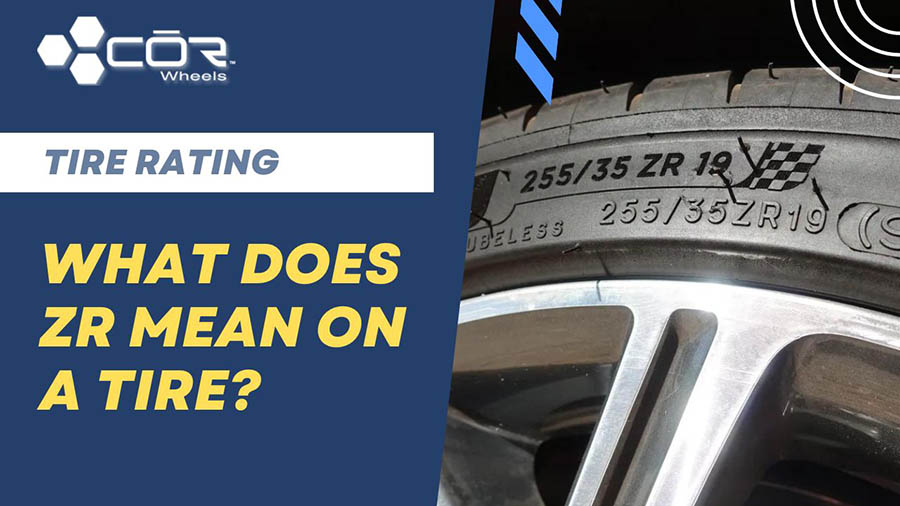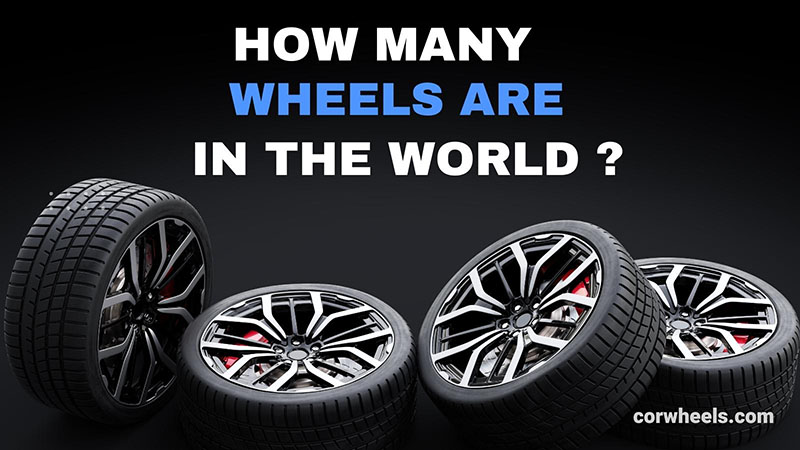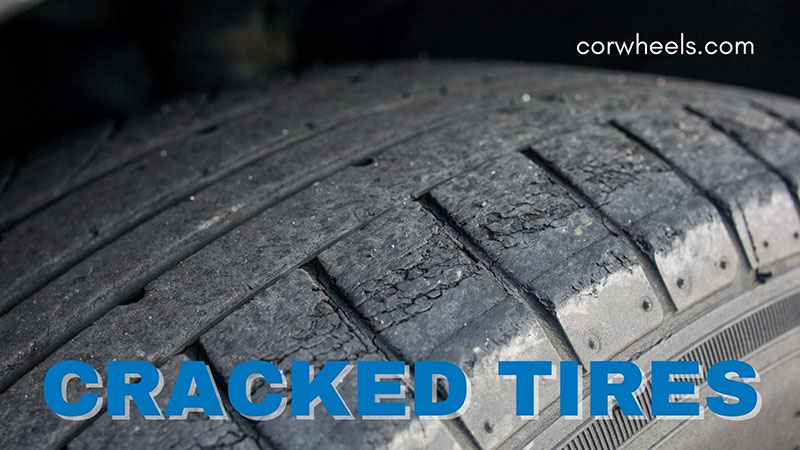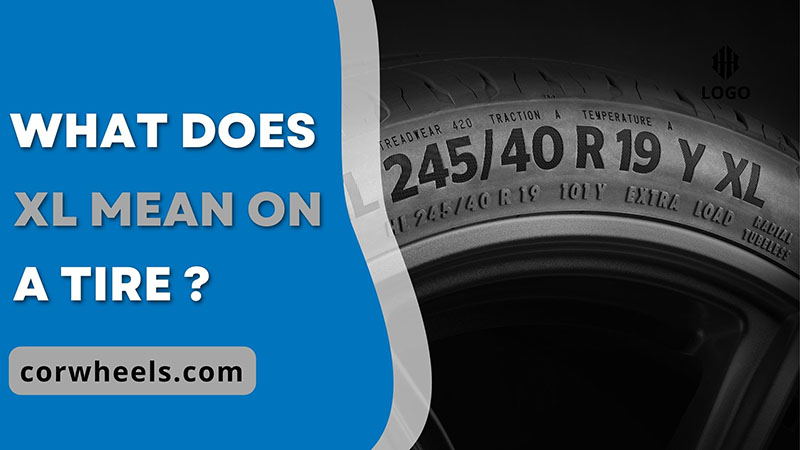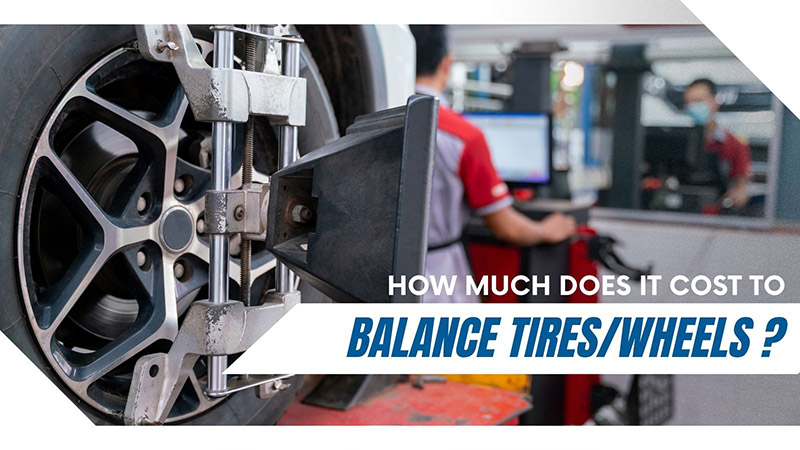With their complex and multi-dimensional designs, tires can be categorized using different criteria. If ply construction is considered the top factor, then manufacturers have introduced two tire types to the market thus far: radial and non-radial tires. The only problem is, telling the two apart is not easy for beginners.
Let my expert team resolve this burning issue by detailing the difference between radial and non-radial tires.
In this article:
What Does Radial Tire Mean?
“Radial” refers to tires whose body plies radially run across the tires, lying perpendicular to their circumference. As a result, the tires enjoy bigger footprints and much better flexing rates.
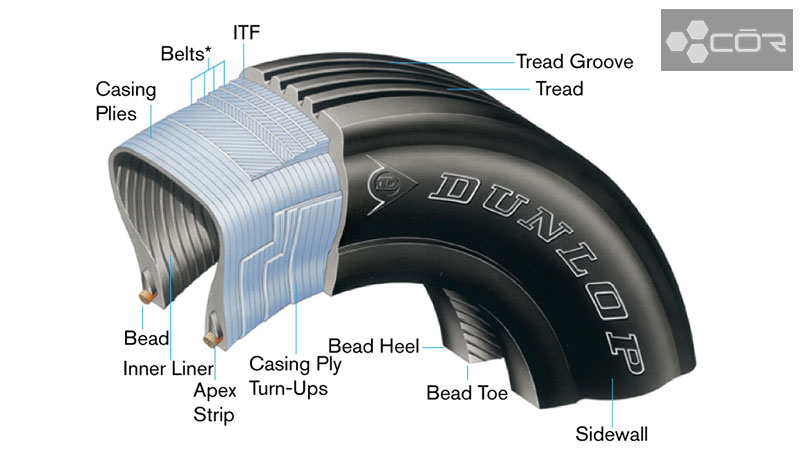
These tires have dominated for about five decades after their historical debut in 1970, easily dethroning their non-radial counterparts. Experts consider them an ideal choice for farm equipment and heavyweight tractors, increasing work productivity on farms and crop fields.
Pros
Better Control and Convenience
With wider footprints (as just mentioned), radial tires easily offer smooth rides for varied surfaces and terrains.
Better Traction
Their pliable construction boosts the overall contact area, allowing the vehicles to receive greater traction. Better yet, its weight distribution is top-notch, rendering it an adept choice for handling wet or off-road conditions.
Reduced Fuel Consumption
Since radial-construction tires enjoy low rolling resistance – meaning it takes much less effort than average to roll them over terrains – they suffer from less heat buildup and, thus, deliver better fuel efficiency. They can even work with low tire pressure, all thanks to modern technology.
When I switched from non-radial tires to radial ones on my Nissan Altima, there was an increase in gas mileage from 21.1 MPG to 23.3 MPG. Though the mileage also depends on many other factors, better fuel economy is what to expect.
Cooler Run
Amazing heat management and dissipation (just mentioned above) give the tires cooler runs, longer tread life, and, of course, a whole new level of performance efficiency. At this price range, one can certainly not ask for more!
Reduced Soil Compaction (For Farmers)
Due to the even weight distribution, large footprint, and low-pressure operation, radial tires help agricultural users increase crop yields and reduce soil compaction at the same time.
Easier Tire Sidewall Repairs
The sturdy and solid body plies stay strong against punctures and treads, requiring significantly fewer frequent repairs than other car tires. Combine this durability with heat dissipation, and you have the best, top-tier tires on the entire market.
Cons
Still, radial drag tires are not 100% perfect, especially considering the financial perspectives. Their overall pricing is quite expensive, unsuited to tight-budget or money-saving customers who wish to hold back on startup investments.
What Does Non-Radial Tire Mean?
Unlike radial tires, non-radial (or bias-ply) is engineered with overlapping or crisscross-pattern body plies, usually at opposing angles of 45 degrees to the tire’s centerline. This bias construction lends the sidewalls more rigidity yet less comfort and safety.
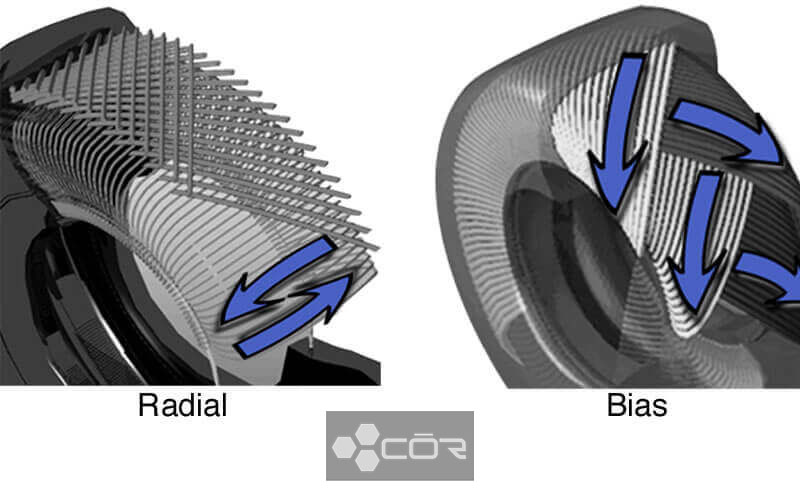
Pros
Though bias-ply truck tires have been dethroned by radial tires in recent decades, that never means they do not have any competitive advantages.
Cost-Saving
Bias-tire constructions are much simpler than radials, which bring down the overall costs to several notes. People with secondary or old vehicles will certainly find bias ply tire models a much more economical option.
Stability
The solid, stiff sidewalls can fight off punctures pretty well – a great option for those working in places of high puncture risks. Their balance and stability also prove practical for low-speed driving on rough surfaces, such as non-tillage or forestry areas.
Cons
The cheap pricing of non-radial tire rims equates to faster wear rates, less flexibility, increased slippage risks, small footprints, and reduced traction. So think twice before placing your hard-earned money on the checkout table.
How Do They Differ?
Due to the different construction, radial tires offer superior handling, fuel economy, and comfort and wear more evenly. Non-radial ones are cheaper, but you can’t expect as great performance as radial ones.
Here is a quick summary:
- Radial tires enjoy better cut and puncture resistance due to the steel belts and cables. The independent movements between the sidewalls and treads also give them better wear life and amazing traction.
- Thanks to the multiple layers, non-radial tires easily handle extra, heavier load capacities. Torque splitting has also never been an issue for them with those thick layers. On the other hand, radial tires might expand and get slightly damaged.
- Radial tires provide smoother and more comfortable rides thanks to sidewall flexes. Non-radial ones, on the other hand, prioritize stable contact with their stiffer sidewalls.
- Radial tires excel on pavements and highways; meanwhile, bias tires struggle more on uneven road surfaces.
| Radial | Non-Radial | |
| Treadwear | Slow | Fast |
| Soil Compaction | Less compaction | More compaction |
| Road Comfort | Prioritizing flexibility (flexible sidewalls) | Prioritizing stability (stiff sidewalls) |
| Traction | More traction | Less traction |
| Affordability | Expensive but longer lifespan | Lower cost but shorter lifespan |
| Recommended For | All speeds All-terrain Heavy, large, new equipment | Rough terrain Slow speeds Small, light, old equipment |
How to Tell If Your Vehicle Has Radial or Non Radial Trailer Tires?
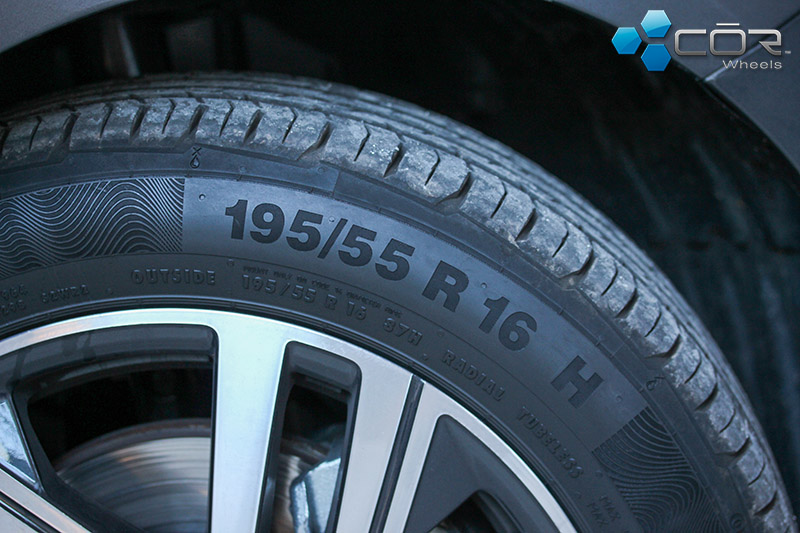
To tell them apart, inspect their tire size on the sidewall:
- Radial designs often have a letter “R” (radial) between the rim diameter and aspect ratio
- Bias tires only have (-) (hyphen) between these numbers.
Can You Mix Radial and Non-Radial Tires?
Obviously, no. The comparison chart above has pointed out too many differences in their designs, intent, and performance; hence, mixing them together will compromise the benefits of both tire types and shorten their lifespans.
FAQs
Should You Rotate Radial Tires?
Yes, an interval of every 5000 miles would be ideal.
Are “Tubeless” and “Non-Radial” Specialty Tires The Same?
No. Both radial and non-radial tires can be tubeless.
Conclusion
Tight-budget drivers might find the non-radial tires a well-suited choice, but radial ones are always better performance-wise. Keep my tips in mind to avoid misusing these road tires, and write to me for advice if needed.



